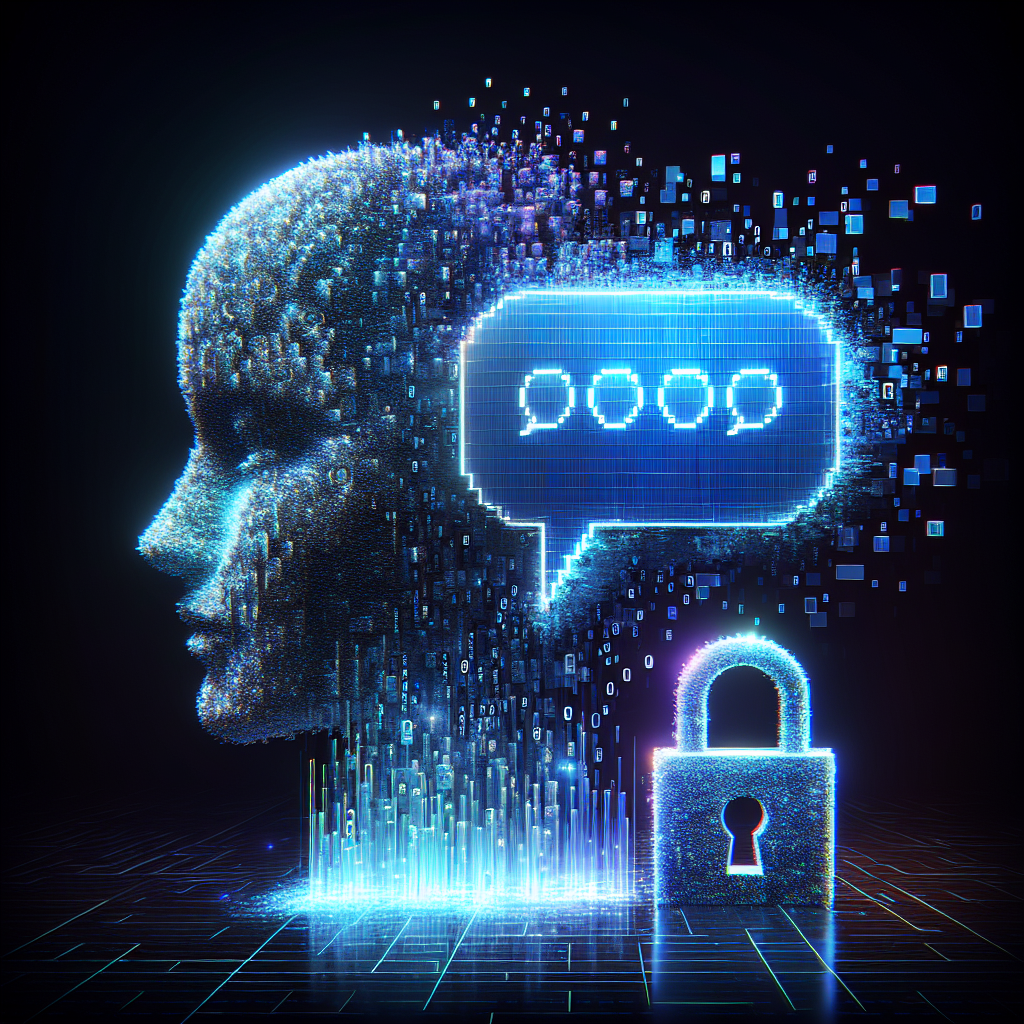ChatGPT's Mysterious Name Block: Exploring the 'David Mayer' Phenomenon

The Rise of ChatGPT and Its Influence on AI Conversations
As artificial intelligence continues to shape our digital interactions, platforms like ChatGPT, developed by OpenAI, have become essential tools for both casual users and technology professionals. Boasting capabilities that facilitate everything from customer service automation to content creation and problem-solving, ChatGPT is at the forefront of AI-driven conversational models. Yet, recent events have brought to light some curious limitations within its framework.
The Enigma of “David Mayer” and ChatGPT's Response
Recently, a peculiar issue surfaced concerning ChatGPT's handling of certain names, particularly “David Mayer”. Users noted that mentioning this name seemed to cause the platform to glitch or terminate the conversation unexpectedly. Initially, this sparked a flurry of theories ranging from potential bugs and digital privacy protections to more speculative notions involving censorship. It wasn't just a single instance either; related issues with names like those of law professors Jonathan Zittrain and Jonathan Turley added to the intrigue, highlighting potential complexities in AI data management and privacy concerns.
Technical Challenges and AI 'Black Box' Concerns
The “David Mayer” issue offers a glimpse into the technical challenges faced by AI developers. When designing large language models (LLMs), ensuring that they can handle the vast swathes of information within ethical and legal frameworks is crucial. This incident raises questions about the 'black box' nature of AI, where internal policies and algorithms dictate response patterns without transparent user knowledge.
Implications for Digital Privacy and AI Governance
One of the speculated causes of ChatGPT's refusal to generate certain names involves digital privacy requests, possibly initiated by individuals named within the database. This scenario underscores the growing clamor for robust digital privacy laws that can keep pace with technological advances. Platforms like ChatGPT need governance structures that can adapt swiftly to such requests without compromising their operational efficiency or user experience.
OpenAI's Response to the Incident
Reacting to widespread concerns, OpenAI reportedly implemented a 'hotfix' to address the glitch, indicating their commitment to resolving user experience deficiencies swiftly. However, the company's silence on the specific reasons behind the restriction adds a layer of opacity that prompts calls for greater transparency in AI content moderation policies.
From AI Hallucinations to Privacy Filters
Some analysts have pointed to the phenomenon of AI ‘hallucinations’—where a model fabricates information—as a factor potentially leading to these anomalies. Alternatively, it could involve advanced content moderation filters applied to prevent the distribution of harmful or legally contentious information. As the capabilities of AI models expand, so too does the necessity for sophisticated algorithms capable of discerning complex conversational contexts.
The Path Forward: Enhancing AI Literacy and Trust
As such incidents become more common, enhancing AI literacy among users and stakeholders becomes vital. Understanding the underlying mechanics of these tools, including their limitations, can foster greater trust in AI technologies. Moreover, fostering dialogue around ethical AI use and transparent governance will be crucial in harnessing the full potential of conversational models like ChatGPT while safeguarding fundamental rights and freedoms.
Conclusion: Navigating the Challenges of AI Regulation
The ChatGPT “David Mayer” phenomenon is a timely reminder of the intricate balance required between technological advancement and regulatory oversight. As AI continues to evolve, proactive measures in policy and practice will be paramount in navigating the complexities of privacy, accuracy, and usability in digital communications.




